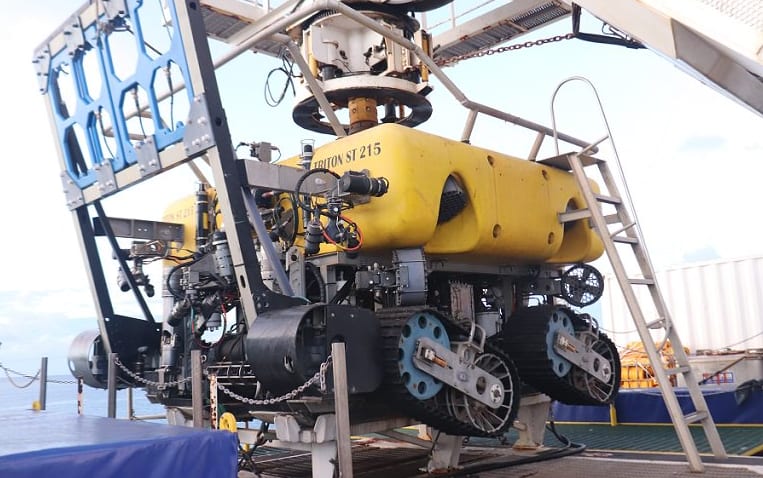
Tonga is one of the world's riskiest places for communications - its undersea internet cable has broken for the second time in three years. What's the solution?
In an instant, communications with Tonga went silent - for days.
Scientists had been observing volcanic activity from Hunga Tonga-Hunga Ha'apai for a while but January 15 changed everything.
The underwater volcano erupted with a force some say is the largest the world's seen in 30 years.
The blast arrived as sonic booms in neighbouring islands. It triggered a tsunami and cut Tonga's only internet cable and communication to the outside world.
Today The Detail's Jessie Chiang looks at how these undersea cables work and whether it's time to look at other options.
The Pacific Islands Telecommunications Association vice-president Phillip Henderson says Tonga's location means it's one of the riskiest places in the world for cables.
"They're subject to cyclones, earthquakes and volcanic eruptions," he says. "They've had two cable breaks in three years."
Henderson says the majority of the time, cable breaks are caused by ships running their anchors over it.

"But cables are normally very secure and outages are only caused by external forces," he says.
Countries all over the world are connected by these internet cables made of glass fibre, which after being encased in armouring and protection is still no thicker than a garden hose.
New Zealand itself gets the majority of its internet through undersea cables. What makes Tonga especially vulnerable is that the Kingdom only has one.
"(Cables) are - long term - the most cost effective, and they give you the maximum capacity and reliability ... but across the Pacific the cost of building, on a per capita basis, is exorbitant," says Henderson.
"A rule of thumb is about $US20,000 ($NZ30,370) per kilometre ... and in the Pacific, every cable is a long cable."
Henderson talks about using satellites, and whether they are a better option.
The Detail also speaks to The Spinoff's Pacific communities editor, Sela Jane Hopgood, about her experience of trying to reach loved ones in Tonga after the eruption.
"For some of them I was literally messaging them the day before talking about random stuff on Facebook and Instagram, so to suddenly lose contact with them so abruptly was really scary" she says.
All of them are safe but Hopgood says there are about 60 people currently living at her aunt's house.
"A lot of her neighbours in the village have had to take refuge there ... because their houses were damaged," she says.
Hopgood and her family in New Zealand have sent over food and supplies to Tonga but that will take a week to get there.
"They were saying they were down to their last pot of food ... I don't know how they're going to get by these next few days."
"I think they're just going to have to rely on what's around in their garden and the livestock that survived."








